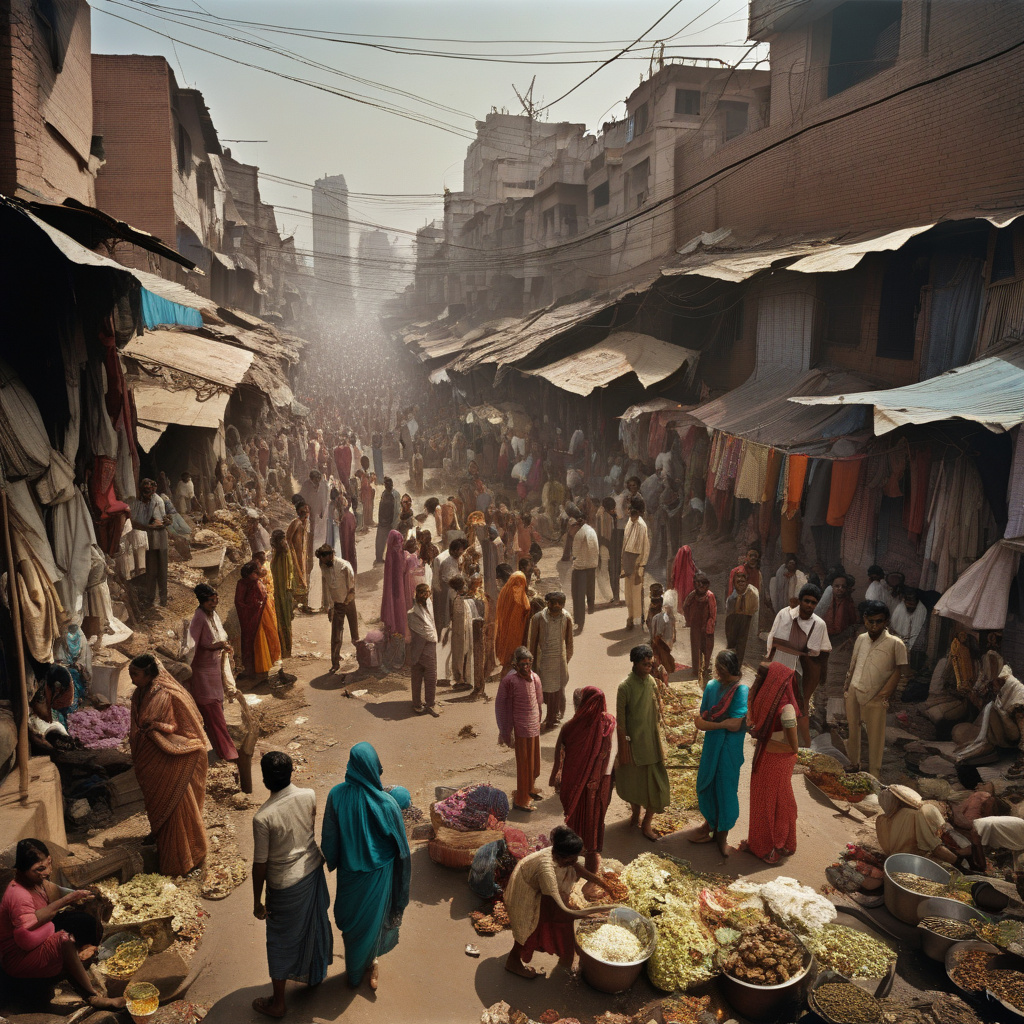Heat Action Plans in India Struggle to Match Rising Urban Temperatures
As the effects of climate change continue to be felt around the world, urban areas are experiencing rising temperatures at an alarming rate. In countries like India, where densely populated cities are particularly vulnerable to the impacts of heatwaves, implementing effective heat action plans has become a critical priority. However, despite efforts to mitigate the effects of extreme heat, many regions are still struggling to keep up with the ever-increasing temperatures.
One such example is Delhi, India’s capital city, which faces scorching temperatures during the summer months. In recent years, Delhi has seen a significant rise in heat-related illnesses and deaths, especially among vulnerable populations such as the elderly, children, and low-income communities. To address this growing concern, local authorities have been working on developing heat action plans aimed at reducing the impact of extreme heat on the city’s residents.
One innovative approach that has been gaining traction in Delhi is the use of ward-level maps and artificial intelligence (AI) models to identify the most heat-exposed buildings and communities. By leveraging technology to pinpoint areas that are most at risk of heat stress, city officials can prioritize their resources and interventions more effectively. This targeted approach allows for a more efficient allocation of resources and ensures that assistance reaches those who need it most.
For instance, by analyzing data on factors such as land surface temperatures, building materials, and vegetation cover, AI models can identify hotspots within the city where temperatures tend to be significantly higher than in surrounding areas. Armed with this information, local authorities can implement targeted interventions such as setting up cooling centers, distributing heat-stress advisories, and providing access to safe drinking water to vulnerable communities.
Moreover, ward-level maps can help city officials identify specific buildings and infrastructure that may be contributing to the urban heat island effect. By pinpointing areas with a high concentration of heat-absorbing materials like concrete and asphalt, authorities can take steps to retrofit buildings with cool roofs, green spaces, and other heat-reducing measures. These interventions not only help to lower temperatures in the immediate vicinity but also contribute to overall climate resilience and sustainability.
Despite the promising potential of these innovative approaches, challenges remain in scaling up heat action plans across the city. Limited resources, lack of public awareness, and bureaucratic hurdles can hinder the effective implementation of heat mitigation strategies. To overcome these obstacles, it is essential for stakeholders at all levels – from government agencies and NGOs to community groups and residents – to collaborate and coordinate their efforts.
In conclusion, as urban areas in India and around the world grapple with the increasing threat of extreme heat, innovative solutions like ward-level maps and AI models offer a ray of hope in the fight against rising temperatures. By harnessing the power of technology and data-driven insights, cities like Delhi can better prepare for and respond to heatwaves, ultimately safeguarding the health and well-being of their residents in the face of a warming climate.
heat action plans, urban temperatures, India, AI models, ward-level maps.
